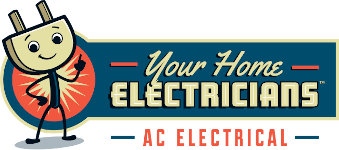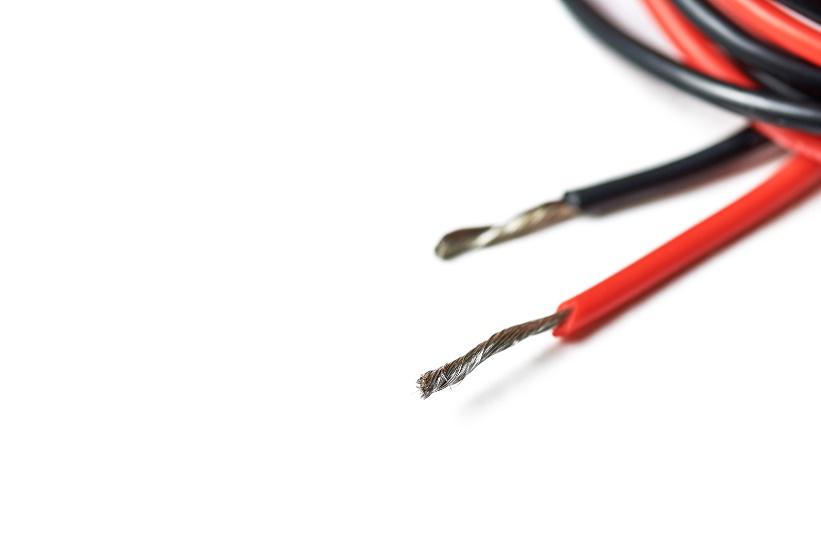In homes constructed between the mid-1960s and early1970s, it is not uncommon to find aluminum wiring. During that period, copper was costly, and aluminum wiring was used as a less expensive alternative. After about a decade, it became clear that aluminum wiring quickly became defective, and home builders pivoted back to using copper. While the Ontario Electrical Safety Code still permits aluminum wiring, there are various reasons it might be of concern if you own or are purchasing a home built during that period.
Contrary to popular belief, aluminum wiring in a home is considered safe and up to code when properly installed and inspected regularly. However, due to periodic inspections and maintenance, houses with aluminum wiring constructed before1972are 55 times more likely than copper to have a connection reach fire-hazard conditions, according to the Canadian Standards Association.
Risk-averse in general, many insurance companies are not willing to take the chance. Some insurance companies may refuse to provide or renew insurance on homes with aluminum wiring or require an inspection by the Electrical Safety Authority (ESA). In some cases, they may demand an inspection and a copy of the ESA Certificate of Acceptance or even complete rewiring the home before extending or renewing insurance coverage.
While it has several properties that make it inferior to copper for wiring, aluminum wiring in a home is considered safe. However, it does require special attention, including a need for all repairs to be performed by a licensed electrical contractor. Any devices connected to it must be approved for use with aluminum wire, which may present issues for many modern appliances and electronics.
How to Identify Aluminum Wiring in Your Home
In some homes, you can identify aluminum wiring in your home by checking your electrical panel or inspecting cables running through your home’s attic or basement or between open floor joists. If the wires are marked AL, ALUM or ALUMINUM, this is an indication of aluminum wiring. You might even find that some wiring is aluminum while others are copper. If you are not sure, we recommend calling a licensed electrician for a thorough inspection
What Makes Aluminum Wiring Risky?
Aluminum wiring works much like copper wiring, but aluminum has specific properties that can cause issues; of particular concern are the connections. As an electric current passes through electrical cables and connectors, wires will expand and heat up. Aluminum has a higher rate of thermal expansion, and aluminum wiring expands 3X more than copper.
When you turn off the electricity, the wires and their connections cool and contract, it’s this expansion and contraction creates gaps over time, which then exposes the wire to air. The air causes oxidation, resulting in even hotter connection points. If the connection becomes loose over time, a fire hazard is created
Other properties of aluminum that make it unfavourable for home wiring include oxidization, higher electrical resistance, greater malleability, a high rate of thermal expansion, poor ductility, and excessive vibration
Aluminum wiring in your house requires special attention. Due to the types of components and materials, these systems degrade quickly, increasing fire risk. Aluminum wire connections can even overheat and start a fire without ever drawing enough current to trip a circuit breaker, and repairs improved incorrectly will increase this risk. At the first sign of flickering lights, hot electrical outlets or a burning smell around outlets or switches, you should turn off the affected circuit and contact a professional for an inspection of your home’s electrical system.
How to Update Aluminum Wiring
A licensed electrician can take extraordinary measures to make your existing aluminum wiring safer. Before this can happen, your electrical contractor will thoroughly inspect your home’s wiring to assess its current condition. It may be determined that your home requires a complete rewiring rather than implementing new safety measures. Your electrician might also confirm that your home is wired correctly and not showing signs of faulty wiring or fire risks, giving you a clean bill of safety.
Updating aluminum wiring is not a task for a DIY’er. Itrequires the expertiseof a licensed electrical technician withaluminum wiringexperience.
If you own a home that may have aluminum wiring or are considering purchasing one, call in a licensed electrician to check it out and give you the complete picture of what you’re up against. As Toronto’s trusted electricians, the team at Your Home ElectriciansTM has specialized in residential electrical wiring since 1987. We will ensure the correct maintenance or removal of aluminum wiring so that you feel safe and comfortable in your home.
A quick inspection by Your Home ElectriciansTM who are certified, experienced, and ESA approved will not only save you money but will provide peace of mind, knowing your family and home are safe. Leave it to the pros, call Your Home ElectriciansTM today! 416-698-8100




